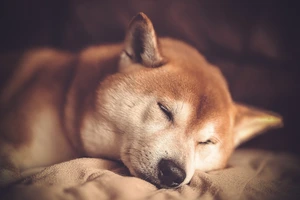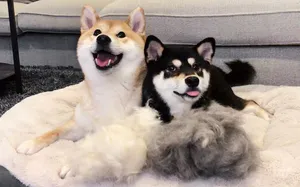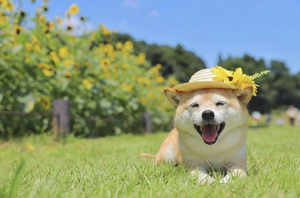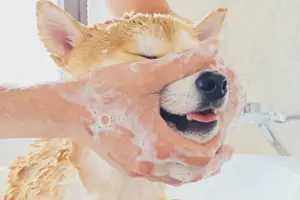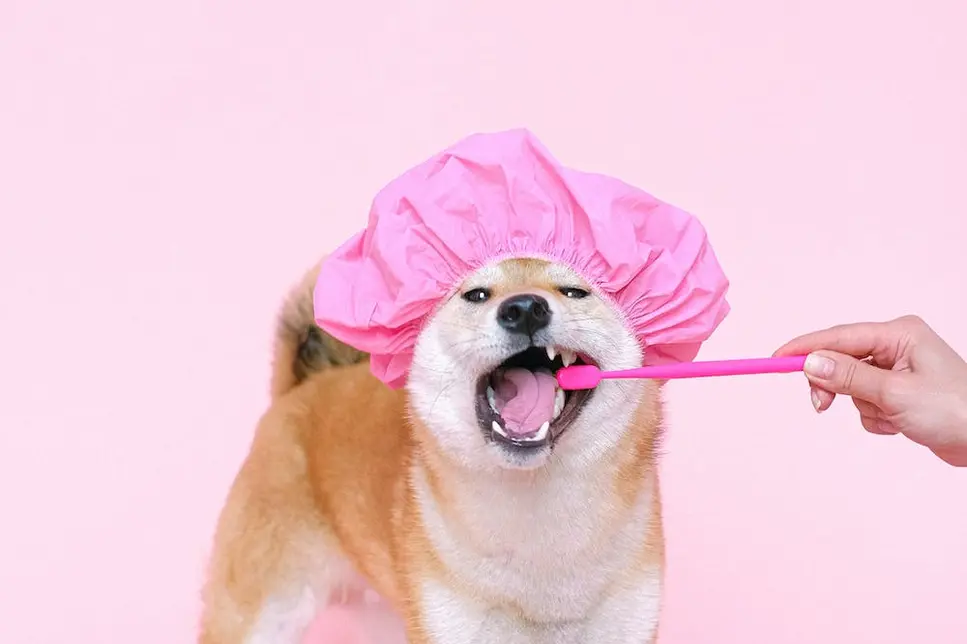
## Why Brush Your Dog's Teeth?
Just like humans, dogs can suffer from dental problems such as tooth decay, gum disease, and bad breath. In fact, dental disease is one of the most common health issues in dogs. Regular brushing can prevent the buildup of plaque and tartar, which can lead to more serious dental problems down the line.
Not only does dental care improve your dog’s oral health, but it can also have a positive impact on their overall well-being. Poor dental health can cause pain and discomfort, leading to decreased appetite and a lower quality of life. By keeping your dog’s teeth clean and healthy, you can ensure they lead a happy and comfortable life.
In addition, regular teeth brushing can help detect any potential dental issues early on, allowing for prompt treatment and potentially avoiding more serious health problems in the future.
Overall, brushing your dog’s teeth every day is an important part of their overall health and well-being, and can lead to a happier, healthier pup.
Choosing the Right Toothbrush and Toothpaste
When it comes to choosing the right toothbrush and toothpaste for your dog, there are a few things to consider.
First, make sure you choose a toothbrush that is specifically designed for dogs. These typically have softer bristles and a smaller head than human toothbrushes, making them easier to maneuver inside your dog’s mouth.
Next, choose a toothpaste that is safe for dogs. Human toothpaste can be harmful to dogs, so make sure you select a toothpaste that is specifically made for dogs. These toothpastes often come in flavors that dogs enjoy, such as chicken or peanut butter, making the brushing experience more enjoyable for your pup.
If your dog is particularly resistant to brushing, you may want to try a finger brush or dental wipes as an alternative. These can be less intimidating for dogs who are new to teeth brushing.
Overall, choosing the right toothbrush and toothpaste can make the teeth brushing experience more enjoyable for your dog and more effective in keeping their teeth clean and healthy.
Getting Your Dog Used to Brushing
Teeth brushing can be a daunting experience for some dogs, especially if they have never had it done before. However, with patience and persistence, you can train your dog to tolerate and even enjoy the process.
Start by introducing your dog to the toothbrush and toothpaste gradually. Allow them to sniff and investigate the toothbrush and toothpaste on their own terms, and reward them with treats and praise for showing interest.
Next, try rubbing the toothpaste on your dog’s teeth and gums with your finger, getting them used to the sensation of having something in their mouth. Again, reward them with treats and praise for cooperating.
Once your dog is comfortable with these steps, you can introduce the toothbrush. Start by just placing the toothbrush in your dog’s mouth, allowing them to get used to the sensation. Gradually work up to brushing their teeth, using gentle circular motions and plenty of positive reinforcement.
Remember to keep things positive and reward-based, and never force your dog to undergo teeth brushing if they are uncomfortable or resistant. With time and patience, your dog can learn to tolerate and even enjoy the teeth brushing process, leading to a happier, healthier pup.
The Brushing Process
When it comes to brushing your dog’s teeth, there are a few steps you should follow to ensure an effective and safe process.
-
Start by placing a small amount of toothpaste on the toothbrush, and allow your dog to sniff and taste it.
-
Gently lift your dog’s lip and begin brushing in a circular motion along the gum line. Be sure to pay attention to the back teeth, where plaque buildup is most common.
-
Use a gentle touch and avoid applying too much pressure, which can hurt your dog’s gums.
-
Brush for 30 seconds to a minute, gradually increasing the time as your dog becomes more comfortable with the process.
-
Reward your dog with praise and treats to reinforce positive behavior.
It’s important to remember that teeth brushing should be a positive experience for both you and your dog. If your dog is struggling or showing signs of discomfort, take a break and try again later.
By following these steps and making teeth brushing a part of your daily routine, you can help keep your dog’s teeth clean and healthy, leading to a happier, healthier pup.
Dealing with Dental Problems
Despite your best efforts, your dog may still experience dental problems from time to time. It’s important to recognize the signs of dental issues and seek treatment from your veterinarian as soon as possible.
Some common dental problems in dogs include:
-
Gum disease
-
Tooth decay
-
Broken or fractured teeth
-
Oral tumors
-
Bad breath
If you notice any of these issues in your dog, schedule a visit with your veterinarian. They may recommend a professional dental cleaning or other treatments to address the problem.
In addition to seeking veterinary care, you can also take steps to prevent dental problems from occurring in the first place. Regular teeth brushing, a healthy diet, and regular dental check-ups can all contribute to your dog’s overall dental health.
Remember, a healthy mouth leads to a happy pup. By staying vigilant and addressing dental issues promptly, you can help keep your dog’s teeth clean and healthy for years to come.
Alternatives to Brushing
While daily teeth brushing is the most effective way to keep your dog’s teeth clean and healthy, there are other options available if your dog is resistant to brushing or if you’re looking for additional ways to maintain their dental health.
Some alternatives to brushing include:
-
Dental chews: These treats are specifically designed to promote dental health and can help reduce plaque and tartar buildup. Look for chews with a seal of approval from the Veterinary Oral Health Council (VOHC) for best results.
-
Water additives: These products are added to your dog’s drinking water and can help reduce plaque and tartar buildup.
-
Dental wipes: These wipes can be used to clean your dog’s teeth and gums, and can be less intimidating for dogs who are new to teeth brushing.
It’s important to note that while these alternatives can be helpful, they should not completely replace daily teeth brushing. Consult with your veterinarian to determine the best dental care routine for your dog, and always use products that are specifically designed for dogs.
By incorporating dental care into your daily routine and exploring alternative options, you can help keep your dog’s teeth clean and healthy, leading to a happier, healthier pup.
Maintaining Good Dental Hygiene
In addition to daily teeth brushing and exploring alternative dental care options, there are a few other steps you can take to maintain your dog’s dental health.
First, schedule regular dental check-ups with your veterinarian. They can assess your dog’s dental health and recommend any necessary treatments.
Second, provide your dog with a healthy diet that is low in sugar and high in quality protein. This can help reduce plaque buildup and promote overall dental health.
Finally, be mindful of any changes in your dog’s dental health, such as bad breath or difficulty eating. These can be signs of dental problems that require prompt attention.
By taking these steps and making dental care a part of your daily routine, you can help ensure your dog’s teeth stay clean and healthy for years to come. A happy mouth means a happy pup!
Keeping your dog’s teeth clean and healthy is an important part of their overall health and well-being. Daily teeth brushing, regular dental check-ups, and a healthy diet are all important steps in maintaining good dental hygiene for your pup.
While teeth brushing can be a daunting experience for some dogs, patience and persistence can help make it a positive experience for both you and your dog. Remember to choose the right toothbrush and toothpaste, and to introduce the process gradually.
If your dog experiences any dental problems, seek veterinary care promptly to address the issue. And while alternative dental care options can be helpful, they should not replace daily teeth brushing.
By making dental care a part of your daily routine, you can help ensure your dog leads a happy, healthy life. A happy mouth means a happy pup!


